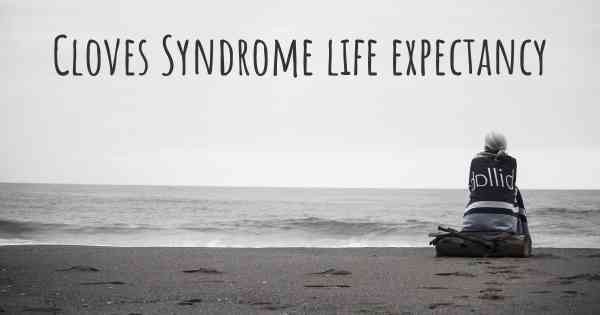
Contents
- 1 What Is the Life Expectancy of Someone With CLOVES Syndrome?
What Is the Life Expectancy of Someone With CLOVES Syndrome?
Life expectancy varies from person to person. Early diagnosis and supportive treatment help manage symptoms and improve quality of life.
A precise prognosis for CLOVES syndrome requires considering medical issues that can arise in each individual.
What is CLOVES syndrome?
CLOVES syndrome is a rare, nonhereditary genetic disorder that stands for:
- C: Congenital
- L: Lipomatous
- O: Overgrowth
- V: Vascular malformations
- E: Epidermal nevi
- S: Scoliosis and other skeletal involvement
CLOVES syndrome affects multiple body systems, causing discomfort, mobility issues, and neurological ailments.
The most severe types involve vascular abnormalities, scoliosis, bone enlargement, fatty tissue overgrowth, and organ deformities.
What are the signs and symptoms of CLOVES syndrome?
Signs and symptoms vary in severity. They include:
Early signs and symptoms
- Delayed developmental milestones
- Intellectual impairment
- Behavioral problems
- Seizures
- Feeding difficulties
- Birthmarks
Other signs and symptoms
- Fatty tissue masses
- Problems with the feet and hands
- Dilated veins
- Scoliosis or tethered cord
- Kidney problems
- Intestinal and bladder problems
- Asymmetric growth
What are the different types of CLOVES syndrome?
CLOVES syndrome has four types:
- Type 1: Developmental delay, mental retardation, and seizures
- Type 2: Heart defects and kidney problems
- Type 3: Brain abnormalities and eye problems
- Type 4: Skeletal abnormalities
What causes CLOVES syndrome?
CLOVES syndrome is the result of a sporadic genetic mutation. It is not inherited from parents and affects both genders equally.
CLOVES syndrome is rare and visible from birth. Early signs and symptoms require a thorough evaluation.
How is CLOVES syndrome diagnosed?
After delivery, a clinical evaluation, physical signs, and imaging help diagnose CLOVES syndrome.
The diagnosis involves detailed medical and family history, physical exams, and imaging studies.
What are the treatment options for CLOVES syndrome?
Currently, there is no cure for CLOVES syndrome. The goal is to provide symptomatic relief and improve quality of life.
Treatment requires a multidisciplinary team of specialists. Options include:
- Drug therapy
- Sclerotherapy
- Embolization
- Debulking surgery
- IVC filter placement
- Orthopedic and neurosurgery
- Physical and occupational therapy
- Various surgeries
- Hematology evaluation
- Dietary counseling
- Psychosocial intervention
- Pain management and fatigue relief
Patients and their families should discuss all options with their doctors to determine the best treatment plan.


